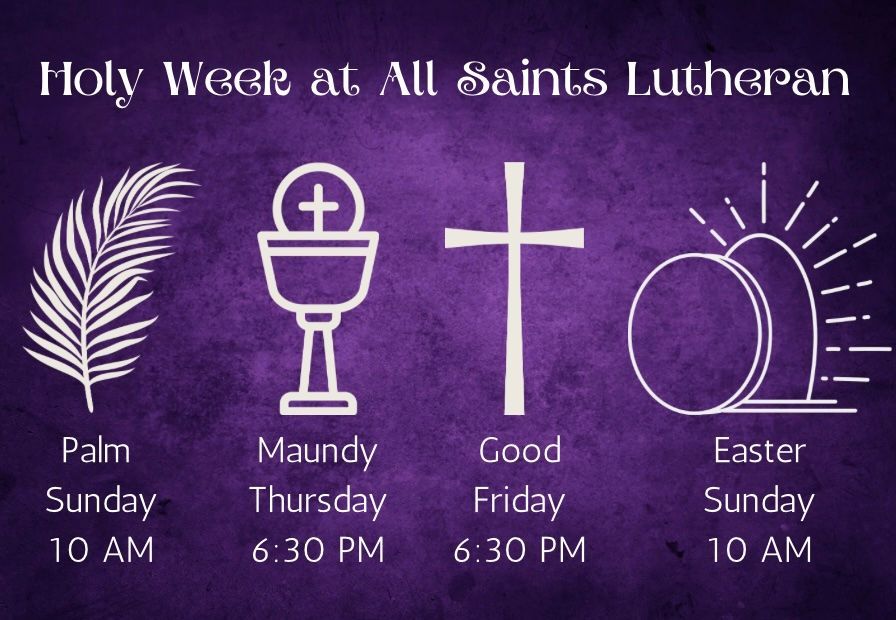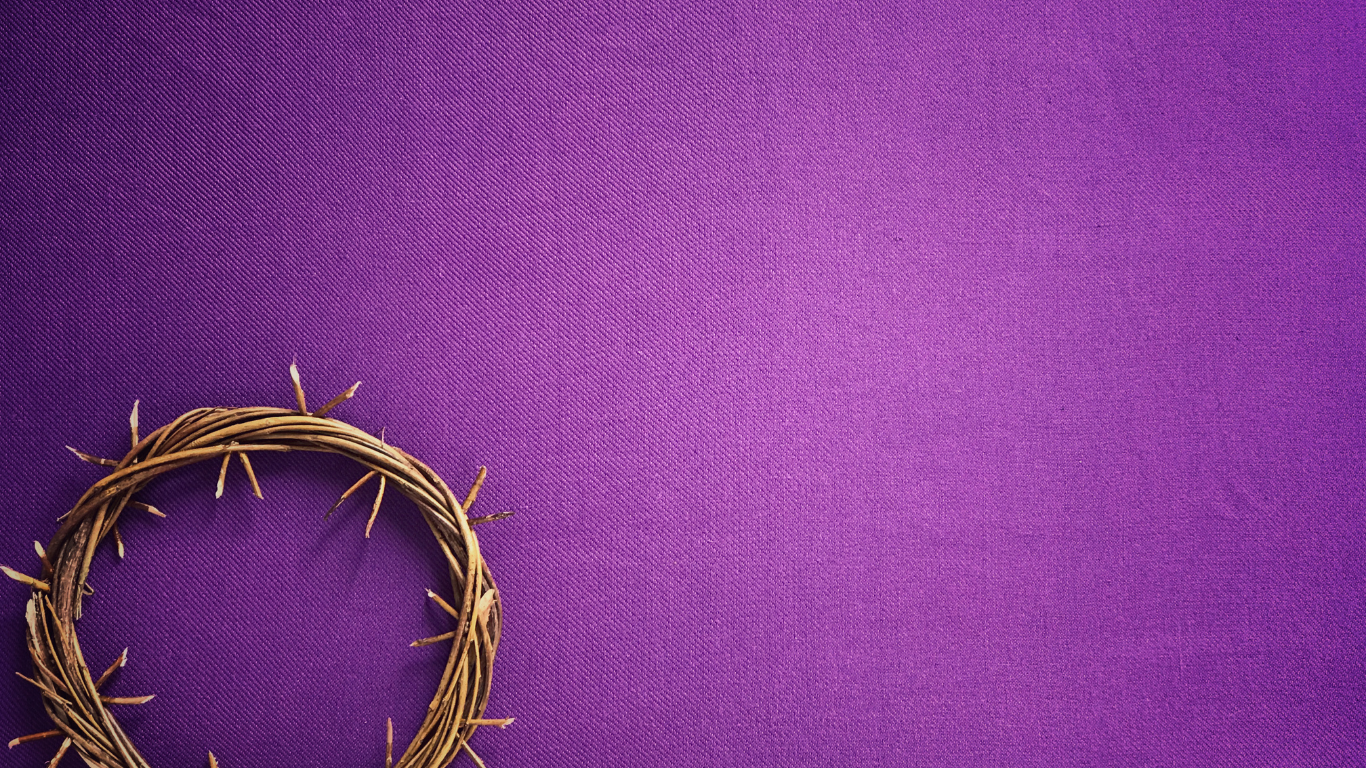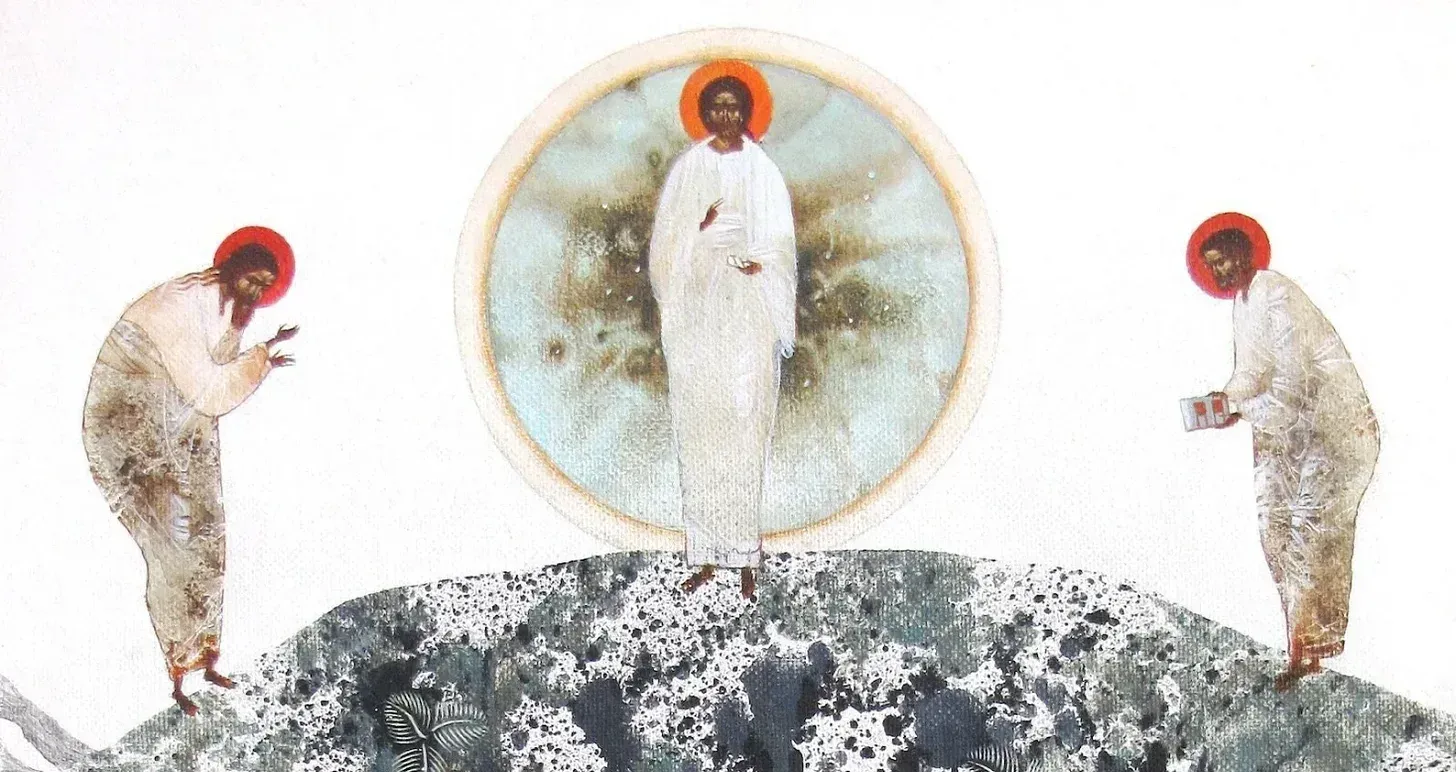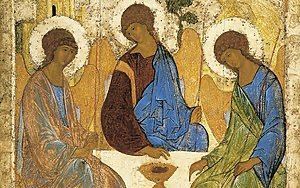Nativity of Our Lord, Year C, December 24, 2024
I’m a 90s kid.
I grew up on Nickelodeon,
Toys R US,
Blockbuster Video,
TGIF,
CDs,
the looming threat of Y2K.
Many of the cultural touchstones
of my teens
have passed into the dustbin of history.
I recently saw an episode of Antiques Roadshow
where a young woman had brought in
a binder full of Pokemon cards
to have them appraised.
And I thought,
so this is middle age, huh?
The toys of my youth
are now valuable collectors’ items.
Do you remember Magic Eye posters?
I used to love these optical illusions.
“Magic Eye” is a brand name.
In fact, if you’re feeling nostalgic,
magiceye.com
is still a functioning website,
with the original, 90’s era internet aesthetic,
and many examples of their work.
The site feels like a time capsule.
These images,
technically called stereograms,
are created of many overlapping pixels
in bright colors.
But their ‘magic’ isn’t obvious
at first glance.
Often folks have to be thought
how to see the ‘magic’ image
hidden in the obscuring chaos.
If you stand at a medium distance,
relax your focus,
so that you’re seeing kind of through the image
and refocusing beyond it,
suddenly the two-dimensional jumble
becomes a three-dimensional image.
This optical illusion
was all the rage when I was a teenager.
Posters,
advertisements,
t-shirts,
virtually anywhere you could plaster
a 2D image
these digital creations,
a testament to computer age technology
and human artistry,
became the hallmark of an era.
But not everyone could see this phenomenon.
Some folks couldn’t quite see beyond
the two-dimensional chaos
to the image within.
Some folks could only get there by practice,
but then,
once they ‘got it,’
it was kind of like having to explain a joke,
it just doesn’t have the same impact.
I wonder if this Christmas story
lands like that sometimes.
We tend to live in a world of two-dimensional chaos,
pitting us against each other,
each side vying for dominance.
We are awash in pixelated images,
fragmentary information,
loose relations,
and advertising,
private propaganda
hoping to narrow our focus even more.
And all of this draws us in so close
or pushes us away so far,
we cannot see the deeper picture,
the message beyond,
the image obscured by the chaos.
So, we come here,
and I have the great fortune
of being the one
to stand up here
and try to ‘explain the joke,’
so to speak,
to explain how,
if you tilt your head just right,
and stand a little closer,
but not too close,
and relax your eyes,
you can see a miracle.
And then we all leave
underwhelmed,
coming down from a sugar high,
and dreading how early everything
is going to start tomorrow.
But if you’ll indulge me,
I think the invitation in this Christmas story
is to something much deeper,
more hopeful,
and anything but an illusion.
Like those magic eye posters,
the Kingdom of God
is about perception.
You have to be taught how to see it,
and then you have to practice seeing it,
and then you cannot un-see it.
It is not obvious
to anyone in the story
that Mary and Joseph
are parents to God in the Flesh,
otherwise,
I am certain that someone
would have found some room
somewhere
for Mary to give birth.
It is not immediately obvious
to the shepherds abiding in the fields by night
where they should look for this great news
for all people,
until the angels tell them where to look
and that they are looking for a baby
in a barn,
wrapped in strips of cloth,
and lying in a trough of hay.
That is not first place I would have looked
for Christ the Lord.
When this baby grows up,
he will tell us that we enter the kingdom of God
by repentance,
a really churchy word
that literally means
a change of heart and mind—
that is,
a change of perspective.
And then this grown-up baby
will give us the sacraments
so we can keep practicing
this kind of perspective change.
We bring our beautiful,
perfect,
totally innocent little babies
to this font,
only to find out that baptism
begins with an exorcism
and a ritual death.
When our conscience condemns us
as vile and depraved sinners,
enemies of God,
we are taught
we should come to the same font
to remember our baptism
and that God claimed us there
as beloved saints,
pure and guiltless.
We bring bread and wine as an offering
to this table
and it is given back to us
as the Body and Blood of Jesus.
A bite of bread
and a sip of wine
become a feast of celebration.
And when we begin to perceive the sacred,
ineffable mystery,
it is transfigured again
into a vision of bread
on every table,
blessed, broken, and given for all to eat.
And the whole point
of the practice of these holy mysteries
is to teach us how to see
through and beyond
a flattened-out reality
to the depth within the obscuring chaos.
We can see in the vulnerable babe of Bethlehem
that God has drawn near to us.
Paula D’Arcy says,
“God comes to us disguised as our lives.”
And this is the Good News of Great Joy for all people.
God comes to us in every hurt and disappointment,
in every joy and exclamation;
in every sigh and every sorrow;
in every baby and every meal;
in matter and in spirit.
And that is how stereograms work.
Two 2D images
at slightly differing angles
are placed side-by-side,
and when the eyes relax
and focus beyond the images
they merge into one image
with new depth,
they reveal reality in all its dimensions.
That is the story of Christmas;
the merging of two images
from slightly differing angles
to reveal what is real,
and that this reality includes us,
with all our joy and sorrow.
So,
as the shepherds came to the manger,
come to the altar.
You will find there
the flesh and blood of Christ.
Ponder these things in your hearts.
Come and worship,
then go and tell.
This is good news
of great joy
for all people.
And when you can see it,
you will not be able to un-see it.
Amen.










